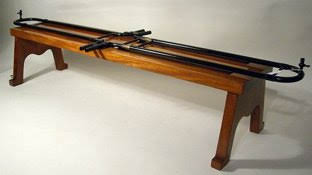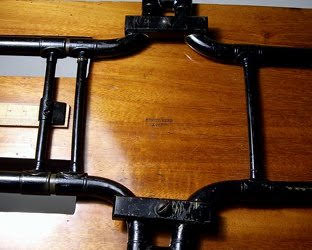The apparatus consists of two metal pipes that bend in a U shape. A sound of a single frequency is produced by means of a tuning fork and Helmholtz resonator, which is then introduced to the two pipes by means of another Y shaped pipe. The two sound waves then travel along each tube and may be recombined at the other end. The length of one tube may be varied by means of sliding, rather like a trombone slide, and this variation can be measured precisely with the ruler fixed in place. As the length of the tube is changed constructive and destructive interference is observed at the opening by means of the ear or by using a manometric flame apparatus.
Interference occurs whenever two sound waves are combined. Sound waves are regular variations in air pressure that travel outwards from sound sources. The pressure at a given point, say at the ear of the observer, varies from higher than atmospheric to lower than atmospheric as the surrounding air is in turn compressed and rarefied. When two sound waves combine, the resulting air pressure is the sum of the two pressures at a given time and location. Sound waves may therefore act to reinforce each other (constructive interference) or to cancel each other out (destructive interference). By making two sound waves of identical frequency travel distances differing by one half of the wavelength it is possible to produce perfect destructive interference. This results in no sound being emitted.
This principle has been used to develop sound reduction systems in all kinds of areas. In particular, the idea of splitting and recombining sounds half a wavelength apart has been deployed in building silencers (mufflers) for automobiles.



